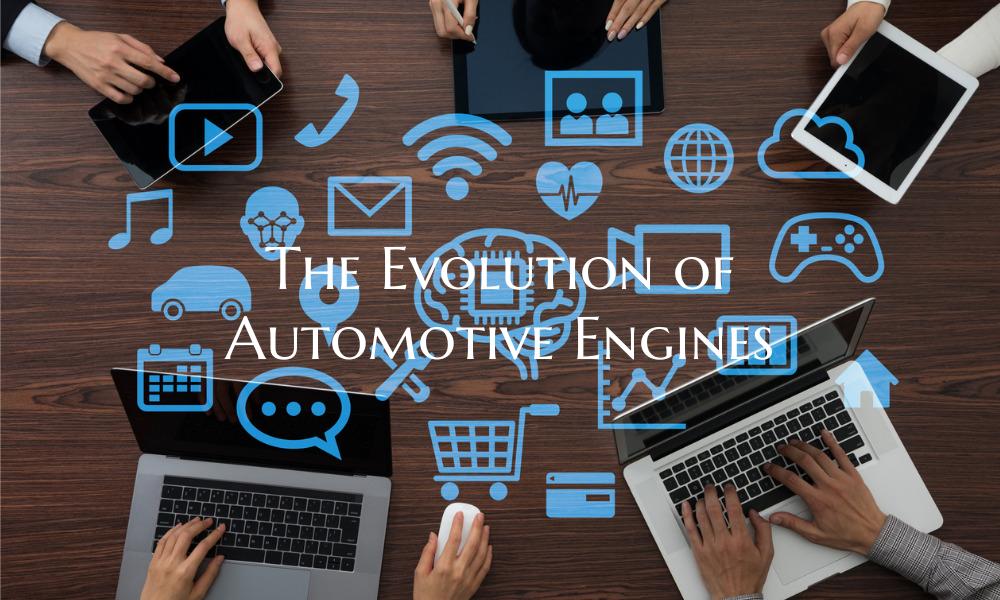The Evolution of Automotive Engines
Internal combustion engines have been the beating heart of automotive vehicles since the first automobile hit the road. Over the years, automotive engines have undergone significant evolution and innovation, driven by the need for improved performance, efficiency, and environmental sustainability. Let's take a closer look at the fascinating journey of automotive engines through the decades.
1. Early Days: The Birth of the Combustion Engine The automotive industry traces its roots back to the late 19th century when the first gasoline-powered internal combustion engines were developed. These engines, typically featuring a single or two cylinders, were simple in design but marked a revolutionary shift from horse-drawn carriages to self-propelled vehicles. Key figures like Karl Benz and Nikolaus Otto played pivotal roles in advancing these early engines, setting the stage for the automotive revolution.
2. The Rise of Horsepower and Efficiency As car manufacturers sought to enhance performance and efficiency, automotive engines underwent rapid advancements. The introduction of technologies such as turbocharging, fuel injection, and variable valve timing in the mid-20th century led to significant improvements in power output and fuel economy. Engine configurations also diversified, with inline, V-shaped, and rotary engines becoming popular choices for different vehicle types.
3. Embracing Innovation: Hybrid and Electric Engines In response to growing environmental concerns and the need for sustainable transportation solutions, the automotive industry shifted its focus towards hybrid and electric engines. Hybrid vehicles combine traditional internal combustion engines with electric motors to improve fuel efficiency and reduce emissions. Meanwhile, all-electric vehicles have gained traction, offering zero-emission driving powered solely by electric batteries. These innovations represent a pivotal moment in the evolution of automotive engines, signaling a shift towards cleaner and greener mobility.
4. Future Horizons: Autonomous and Connected Engines Looking ahead, the future of automotive engines is intertwined with emerging technologies such as autonomous driving and connectivity. Engine designs are being optimized to support driver-assist systems and seamless integration with smart vehicle networks. The integration of artificial intelligence and machine learning is set to revolutionize engine performance, enhancing safety, reliability, and overall driving experience.
In conclusion, the evolution of automotive engines mirrors the progress of the automotive industry as a whole, from humble beginnings to cutting-edge innovation. As we stand on the cusp of a new era of mobility, one thing remains certain – automotive engines will continue to evolve, adapt, and shape the future of transportation.

